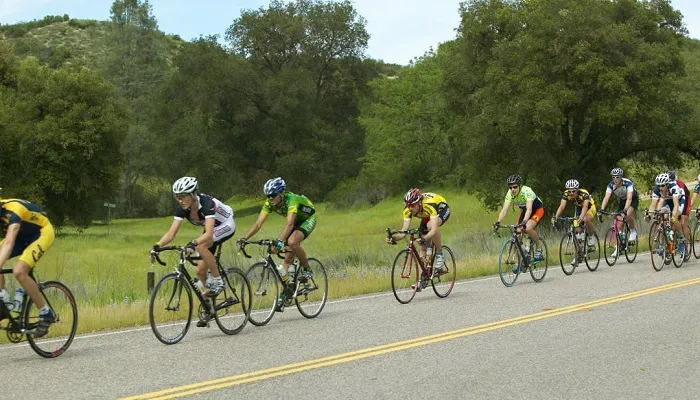The Ride Across America (RAAM), which began in 1982 as the Great American Bike Race, is one of the toughest ultra-distance cycling events in the world. Spanning approximately 3,000 miles from the west coast to the east coast of the United States, RAAM challenges cyclists to race continuously across the country with minimal rest.
Unlike traditional stage races, such as the Tour de France, RAAM does not feature stages. Instead, competitors race non-stop from start to finish. Participants manage their own schedules, stopping only to eat, sleep, and perform necessary gear changes. The clock runs continuously from start to finish, with the final time including rest periods.
Typically, the winner of RAAM completes the race in eight to nine days, riding for nearly 22 hours a day. This grueling schedule, combined with the minimal sleep, makes RAAM one of the most demanding endurance races worldwide. Roughly half of the solo competitors drop out due to exhaustion or injury.
The event was founded by John Marino, who organized the first race with just four participants: Marino, John Howard, Michael Shermer, and Lou Haldeman. Haldeman emerged as the winner that year, and since then, RAAM has grown into an international event. The race now attracts riders from all over the world.
In 1989, team divisions were introduced, creating new categories that brought advanced technology and team strategies to the competition. On teams, cyclists take turns riding long distances or work together to benefit from drafting.
This year, legendary endurance athlete Colin O’Brady and his childhood friend Lucas Clarke entered the 2-Man race category, aiming to break the RAAM world record. Their entry is just one example of the many elite athletes who continue to push the limits in this ultimate test of endurance.

